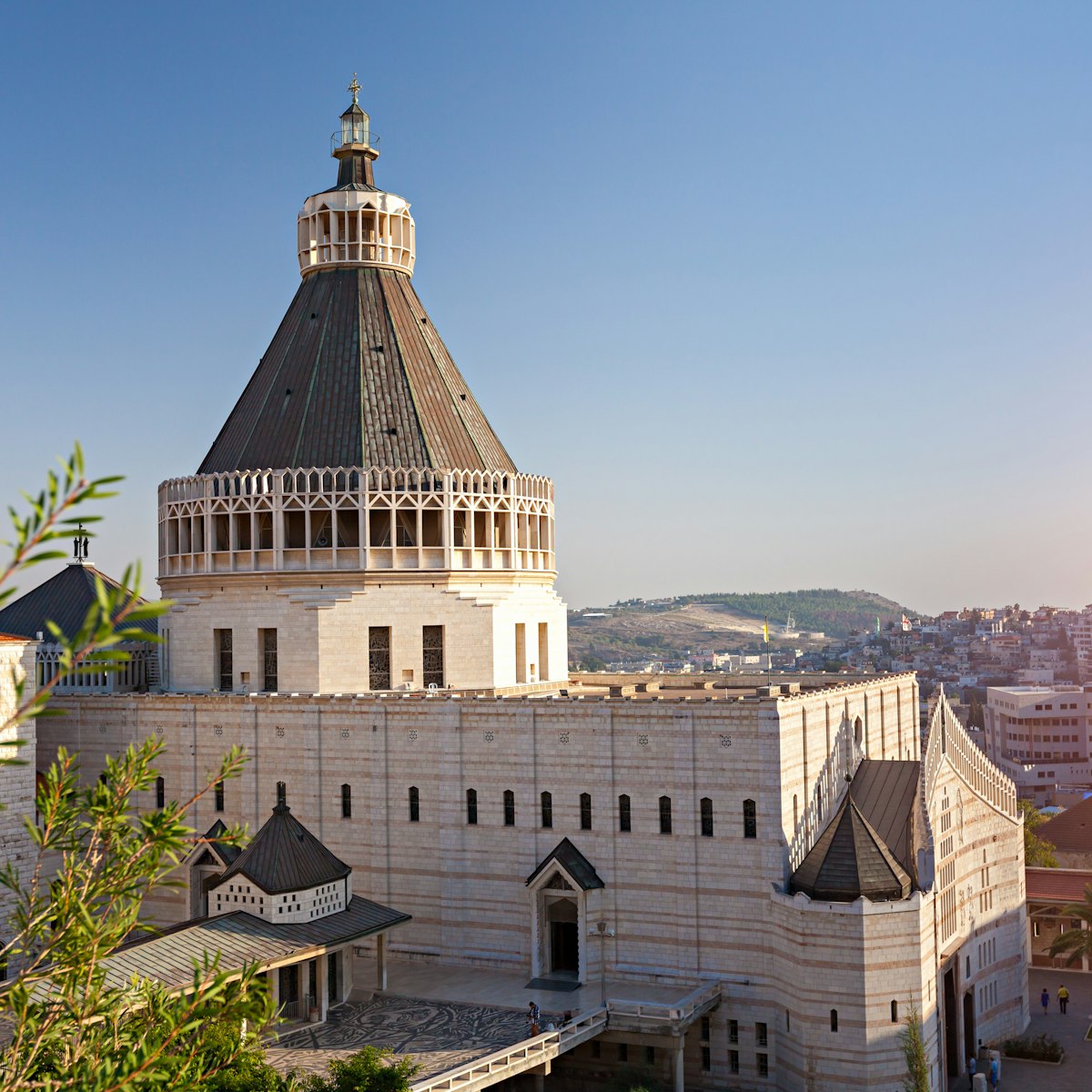Bone-white limestone cliffs seem to burst from the deep blue sea at this geological beauty spot straddling the Israel–Lebanon border. A cable car descends steeply to the bottom, a journey of barely a minute; from here visitors step into wave-sculpted cave mouths, listening to water mercilessly lashing the rock. If you listen very carefully you might hear fruit bats nesting in the rock folds.
The cable car is wheelchair accessible, but the caves are not. It's a good idea to wear shoes with grippy soles.
Behind the lower cable-car station, inside a naturally cool rail tunnel, you can watch a film on the area's geography and the history of the Haifa–Beirut railway, whose tunnels were excavated by British army engineering units from New Zealand and South Africa in 1941 and 1942. Unsurprisingly, the line has been out of commission since 1948.
At the ticket windows, it’s possible to hire a bike (72NIS including the grottoes) for the 5km round-trip ride to Betzet Beach.
Up top, you can peer through a camouflaged border gate on the Israel–Lebanon border and pose for a picture next to a sign pointing to Beirut. A few kilometres north is the Naqoura base of the 12,000-member United Nations Interim Force in Lebanon (Unifil), which has been patrolling the border since 1978.
If you're hungry, there's a snack bar down below and a cafeteria and restaurant next to the border gate.
Nateev Exprees bus 31 links Rosh HaNikra with Nahariya (7.40NIS, 17 minutes, every 1½ to two hours except Shabbat).








